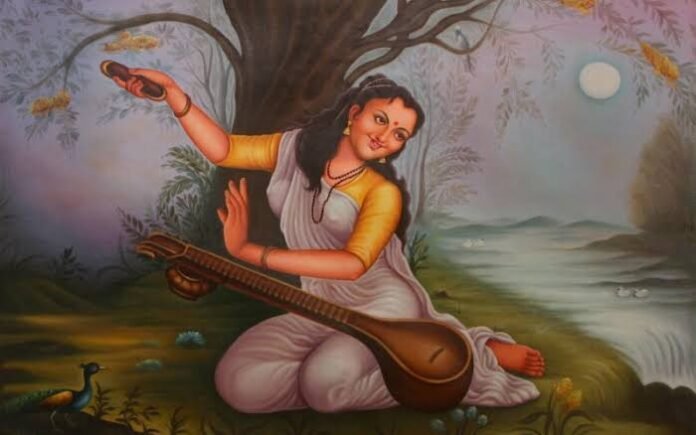The Bhakti movement refers to the trend that was brought forward by a variety of Hindu saints in medieval Hinduism that sought-after to bring non secular reforms by adopting the strategy of devotion to attain salvation. It had been distinguished in eighth-century south Asian countries, now state and Kerala states, and developed northerly. It swept back over east and north Asian countries from the fifteenth century onward, reaching its celestial point between the fifteenth and seventeenth century metal.

The Bhakti movement regionally developed around totally different gods and goddesses, and a few sub-sects were Vaishnavism (Vishnu), Shiva, Shakti goddesses. It later acted as the de facto catalyst to the formation of religious belief. The devotion movement preached victimisation of the native languages in order that the message reached the plenty. The movement was galvanized by several poet-saints, WHO championed a large variety of philosophical positions starting from theist philosophy of Devas to absolute philosophy of Advaita Hinduism.
Read more articles at: https://www.unveil.press/prostitution-and-the-life-of-prostitutes/
The movement has historically been thought of as an influential social reformation in Hinduism, which provided an individual-focused path to spirituality no matter one’s birth or gender. The devotion movement began with the aim of reforming Hinduism against evil practices, the class structure and therefore the dominance of Brahmanas. modern students question this ancient read and whether or not the devotion movement ever was a reform or rebellion of any kind. They recommend the devotion movement as a revival, transforming and recontextualisation of ancient Vedic traditions. devotion refers to fervent devotion.
Scriptures of the bhakti movement embody the Bhagavad religious writing, Bhagavata Sanskrit literature and Padma Sanskrit literature.
Beginning of the Bhakti Movement
Between the seventh and twelfth centuries, the state was the birthplace of the Bhakti movement. it had been expressed within the Nayanars’ (Shiva devotees) and Alvars’ emotional poetry (devotees of Vishnu).
These saints looked upon faith not as a chilly formal worship however as a in love bond primarily based upon love between the adored and worshipper. supported in South Asian countries within the ninth century by Shankaracharya, it spread throughout Asian countries by the sixteenth century and was a robust non secular force to be reckoned with, significantly once the good waves of Kabir, Nanak, and Shri Chaitanya.
Hindu culture was jam-packed with social anomalies like rigid caste systems, unmeaning rituals and spiritual beliefs, blind religions, and social dogmas, to name many. Common men, in general, had developed associate aversion to those social ills and needed a laic style of faith during which they may determine with easy non secular traditions.

Religion’s quality, The Vedas and Upanishads’ high philosophy was terribly tough for normal individuals to know. They needed a straightforward manner of worship, easy non secular rituals and easy social customs. devotion marga was an associate alternative—an easy sort of devotion that provided salvation from worldly life.
Religious Reformers’ Position, Shankara, Ramanuja, Kabir, Nanak, Shri Chaitanya, Mirabai, Ramananda, Namdev, Nimbarka, Madhava, Eknath, Surdas, Tulsidas, Tukaram, Vallabhacharya, and Chandidas were among the movement’s most distinguished proponents.
They were the founders of the devotion movement that inspired individuals to worship within the most elementary sort of devotion and love attainable. Challenge from a competitory faith, Muslim rule and Islam instilled concern within the Hindu plenty. a number of the fanatic rulers had wreaked mayhem on the Hindus. They were searching for some solace to assist them repair their broken hearts. Sufism’s Influence, The Muslim community’s Sufi saints have influenced the movement.
Resonance was induced by bound chords that went on each. The devotion adherents spoke out against varied varieties of immoral acts like infanticide and sati, similarly because the prohibition of alcohol, tobacco, and toddy. free love and anal intercourse were prohibited similarly. They sought-after to ascertain an honest social order and supported robust ethical principles.
Another notable influence was the event of harmony between the Hindu and Muslim communities. The movement tried to bridge the divide between the 2 by reducing the growing bitterness between them. The saints of the devotion movement and therefore the Sufi saints unfold messages of relationship, amity, tolerance, peace and equality among all.














































